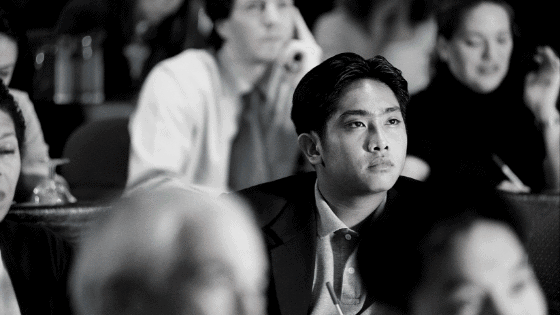How you open and close your presentation decides everything.
Nothing matters more for effectiveness.
The internet is full of great ideas for how to open and how to close speeches. You’ll be ahead of most speakers if you can just avoid the most common error.
But in this first of two blog posts on openings and closings, I’d like to focus on a more specific question: how to choose an opening and closing, rather than which one to choose.
The “how” question is vital, because everything about your speech rides on your ability to mesmerize the audience from the first nanosecond to the last. To do that, we need to first know what’s at stake, and then I’ll share the secrets of compelling intros and outros.
WHAT’S AT STAKE? THE AUDIENCE
Without a killer set of first lines and last lines, your speech is over before it’s started. Here’s why: A good opening earns your audience. A good closing moves your audience.
Without an audience, no one listens. Without movement, nothing changes. Both are required of any great presentation.
Let’s take the opening first. You will gain or lose your audience’s trust and attention from the very moment you start speaking (in fact, from the very moment you step on stage.)
How will you earn that trust and attention? By giving them what they want: a performance.
THE PERFORMANCE
Every person sitting in that audience, whether they know it or not, wants you to thrill them. That’s as true for a boardroom presentation as it is for the fullest TEDx crowd. Your audience wants you to grab them and take them somewhere they’ve never been before.
Do you think they’ll take that journey with you if all the excitement you can muster is “Um, thanks for being here? I’m not really a public speaker, but Frank over there–wave Frank–asked me to say a few words at the last minute, so here goes…”?
No way.
See, it’s not the type of opening and closing that matter. This confuses many speakers. It’s instead the force that gets communicated by your opening and closing that matters, whatever type is chosen.
Let’s look at that force in more detail.
EARNING THE AUDIENCE
The introduction to your speech has one goal: to persuade the audience to give you their most precious and scarcest resources–their time and attention–for the next many minutes.
The intro doesn’t need to solve world peace or sound like Shakespeare. It needs to convince your listeners that you’re someone worth listening to.
There is an infinite number of options: a quotation, a deep question, a prop. One that never fails is “I’d like to tell you a story.”
Who doesn’t want to be told a story?
In fact, almost every opening should have a story, either implicitly or explicitly, because every good speech has at least one story.
How did Steve Jobs open his historic Commencement Address at Stanford in 2005?
“Truth be told, I never graduated from college, and this is the closest I’ve ever gotten to a college graduation. Today, I want to tell you three stories from my life. That’s it, no big deal–just three stories. The first story…”
And just like that, we’re hooked.
Because we know who Jobs is, and because we now know he’s got three stories for us, if we get anything less, we’ll feel cheated. We want them all.
He’s earned our time and attention.
WHICH FORMS OF OPENING WORKS BEST
Clients often ask our speechwriters at Moxie a seemingly simple question, hoping there’s a right answer: “How should I open the speech?”
Speech writing is an art, not a science. In all art–and I learned this early in my acting career–the only true answer to the question “what should I choose?” is “whatever works!”
So experiment. See what works for your setting and message. Maybe it’s a song lyric. Maybe a poem. Maybe a shocking statistic from your latest white paper. Try them all out on friends and find what’s effective.
You’ll know you’ve got it when the audience is ready for more; when they’ve decided your message makes it worth sticking around.
The key to a killer opening, then, is this: make it worthy of your audience, so that they know it’s worth their time.
After that, they’re all yours.









